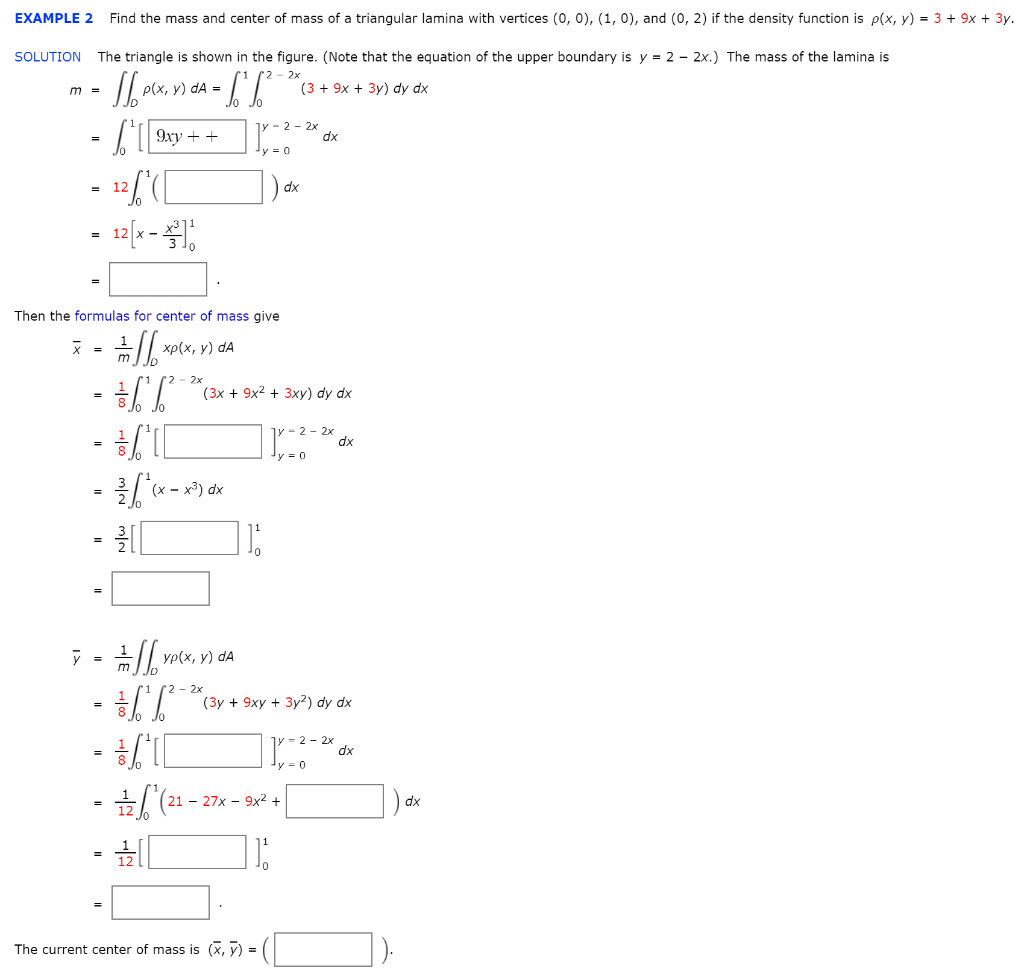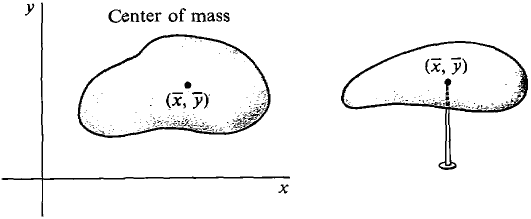


The thigh center of mass location can be determined from the proximal and distal point coordinates and the segment length percent. 10.5% of 80 = 8.4 kg (where 10.5% is the thigh segment mass percent from Plagenhoef). If this person's whole body mass was 80 kg, the thigh mass can be determined as a percent of 80 kg, ie. Your recent reading of Plagenhoef (1983) made use of part of Dempster's study combined with measurements on young adults to estimate BSPs for young males and females.Īs an example of how these body segment parameters are used, consider a male's thigh segment located as illustrated in the figure. Summaries of these studies are included in many textbooks. The most frequently cited of these studies are those of Dempster (1955) and Clauser, McConville and Young (1969).

Such BSP data come from cadaver studies performed in various labs during the past century. In the case of segment mass, it is described as a percent of total body mass. In the case of location of the segment's center of mass, it is described as a percent of segment length from the proximal end. Each of these body segment parameters (BSP) is usually expressed as a percentage value. In applying this method to real situations, anthropometric information about human body segments is used to determine the location of each segment's center of mass and each segment's mass. Where M is mass, X is a position coordinate and n is the number segments. In short, the method can be summarized in the equation: This method is based on the idea that the torque about the reference point due to the whole body is equal to the sum of the torques about the reference point due to the body segments. Divide the sum of the torques by the total body mass to determine the center of mass location with respect to the reference point.Sum the torques about the reference point for all the segments (one sum for X direction, one for Y direction).Calculate the torque about the reference point due to each segment (based on the segment's mass and position).Determine the center of mass location of each segment of the body (an X, Y pair of coordinates).Choose some arbitrary reference point as origin of the coordinate system to be used.It can be determined in the following manner: The center of mass is an ideal point about which the torques due to body segment weights is zero. The details of this approach are outlined below. In either case, the technique involves using the segmental positions of the body and estimates of the segmental masses and center of mass locations.

#Center of mass finder img series#
This might be done from a printed photo or from a series of frames of cine film which record a complete movement pattern. For such an analysis, an alternative approach is to determine the center of mass location from an image of the motion at some point or points in time. While this is an accurate and straight forward method, it is not practical for analyzing an activity with a range of body positions. In previous lab work, you may have used a suspension method to determine the center of mass location for a static situation. Politics are for the moment an equation is for eternity - Albert Einsteinĭetermination of the body's center of mass is an important part of most biomechanical analyses.


 0 kommentar(er)
0 kommentar(er)
